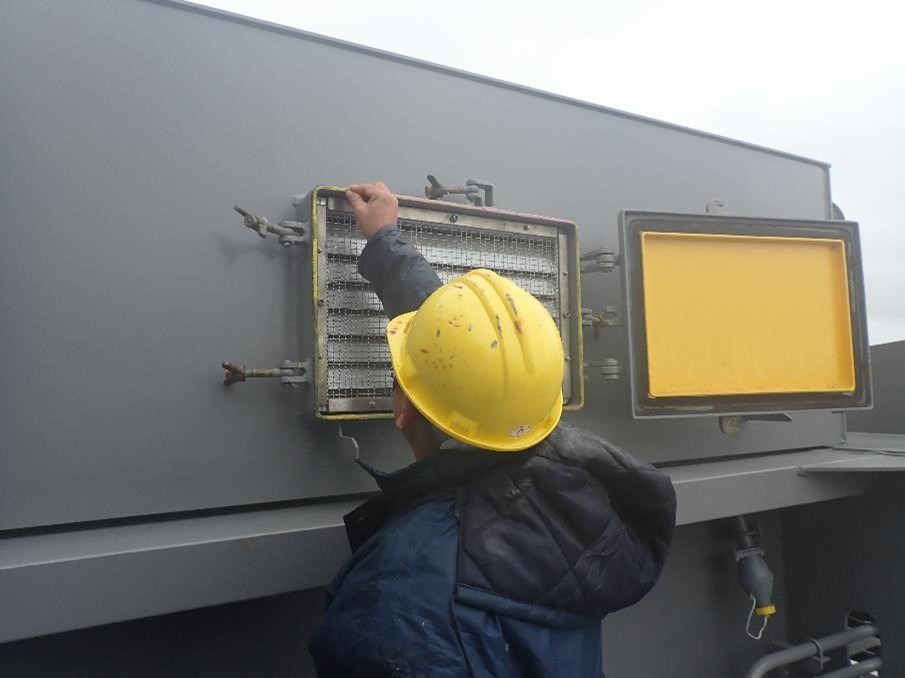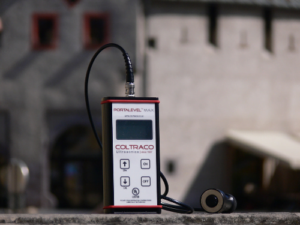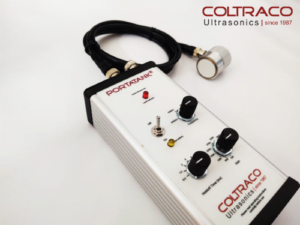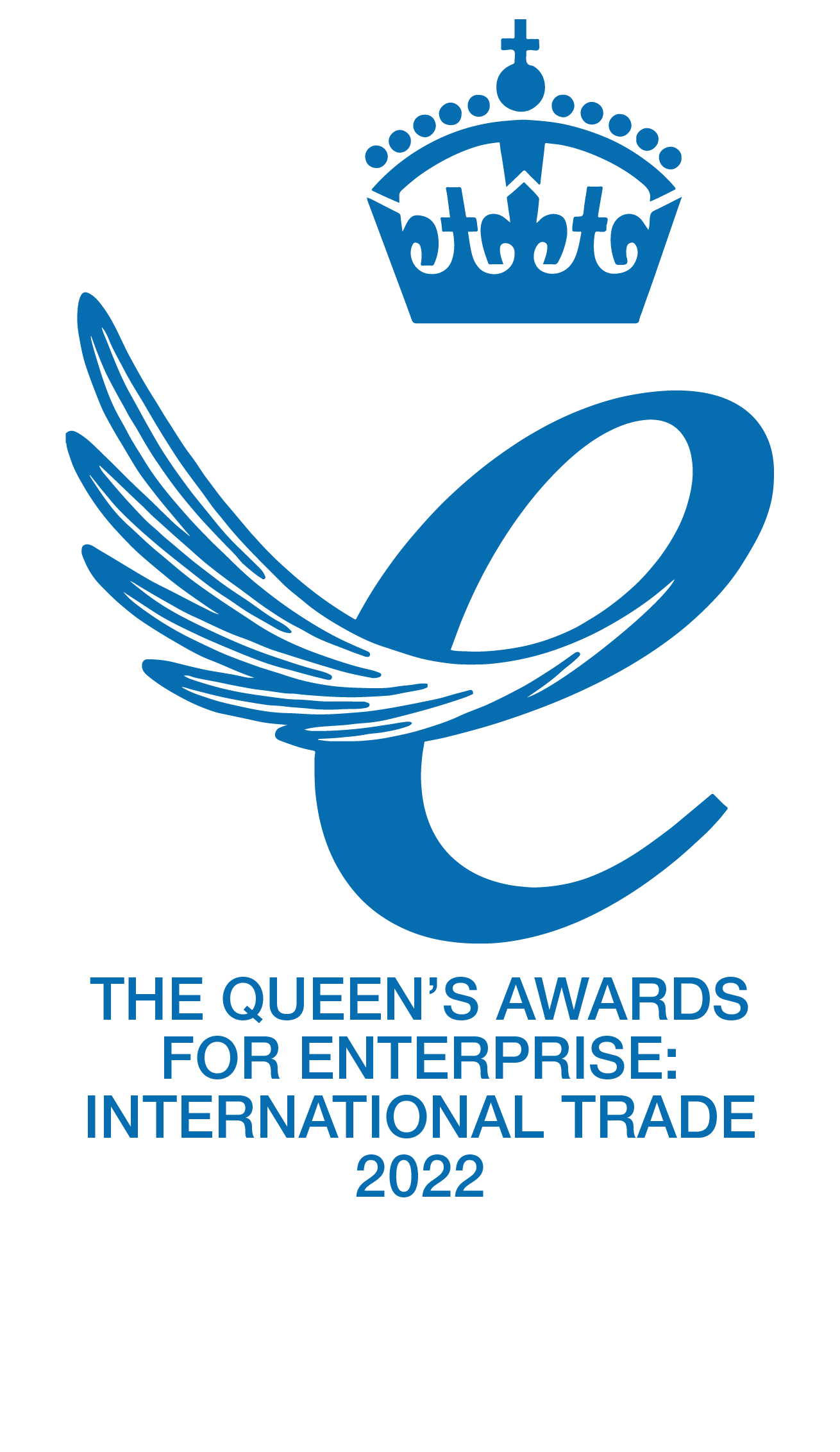The Chalk Test for Hatch Covers
Maintaining watertight hatch covers protects cargo and ensures vessel safety during marine transport. One commonly used method to assess the condition of hatch seals is the chalk test, a simple, visual inspection technique.
But just how reliable is it?
Let’s explore the chalk test process, examine its limitations, and explain why ultrasonic integrity testing is considered the gold standard for ensuring hatch cover weathertightness.
Why Is Hatch Cover Weathertightness So Important?
Hatch covers are critical in safeguarding cargo from water ingress caused by rain, rough seas, or harsh weather conditions. If compromised, even small leaks can lead to:
- Cargo damage (mould, corrosion, spoilage)
- Operational delays
- Insurance claims or disputes
- Stability risks for the vessel
A tightly sealed hatch cover protects the cargo and ensures vessel stability by preventing water accumulation in cargo holds.
How Does the Chalk Test Work?
The chalk test is a basic method that ship crews or surveyors use to assess whether hatch covers are sealing properly visually. It involves:
- Cleaning the hatch coaming and compression bars of dirt, grease, or rust.
- Applying chalk evenly across the length of the compression bars.
- Closing and securing the hatch as per operational procedures.
- Re-opening the hatch and checking for chalk transfer:
- Complete, unbroken chalk lines = good seal.
- Gaps or missing chalk = poor sealing or potential leak points.
- Complete, unbroken chalk lines = good seal.
What Are the Pros and Cons of the Chalk Test?
Advantages:
- Simple and low-cost.
- Quick to perform with minimal training.
- No specialised tools required.
Limitations:
- Subjective visual assessment is prone to human error.
- Susceptible to distortion from environmental factors (rain, wind, humidity).
- It cannot detect microscopic gaps, which significantly cause water ingress.
- Lacks quantitative data to verify seal integrity.
- Offers no traceable results for audits, insurers, or regulatory compliance.
While useful as a quick check, the chalk test should never be the sole method of testing hatch covers, especially when cargo value, safety, or compliance is at stake.


What Other Hatch Cover Tests Are Available?
Hose Testing
This method sprays high-pressure water over a sealed hatch to simulate real-world exposure. Crew members observe for water ingress from inside the hold.
Drawbacks:
- Cannot be used if cargo is loaded (risk of water damage).
- It depends on visual confirmation of leaks, which is still subjective.
- Influenced by weather and operator skill.
- Provides no recorded measurement or leakage rate.
Ultrasonic Integrity Testing: The Reliable Alternative
Ultrasonic testing offers a modern, precise solution that overcomes the limitations of chalk and hose testing.
How it works:
- An ultrasonic transmitter is placed inside the hold.
- An external receiver detects sound waves escaping through gaps or defective seals.
- Results are quantifiable, repeatable, and unaffected by weather.
Classification societies and P&I clubs endorse this method as the preferred approach to leak detection.


Why Use Coltraco’s Ultrasonic Leak Detectors?
Coltraco Ultrasonics’ Portascanner® range delivers industry-leading performance in hatch cover integrity testing. Key features include:
- Locates leaks as small as 0.5 mm in diameter.
- Fully portable for shipboard use.
- Records data to support audits and regulatory compliance.
- Minimises downtime and avoids unnecessary repairs.
With Coltraco, you don’t just test; we provide confidence in the sealing performance of your vessel’s compartments.
Is the Chalk Test Still Useful?
The chalk test has value as a preliminary or routine visual check, but it should not be relied upon for critical decision-making. Its limitations make it unsuitable for comprehensive hatch cover assessment.
Ultrasonic testing is the proven, trusted method for fully assessing your hatch integrity, especially when carrying sensitive, valuable, or regulated cargo.
Speak to Coltraco About Hatch Cover Testing
Coltraco Ultrasonics supports maritime operators with advanced tools and global calibration services to keep your operations watertight. Learn more about our Portascanner® range or email our team at [email protected]
Don’t leave your hatch cover performance to chance; trust Coltraco to deliver the certainty your vessel needs.






